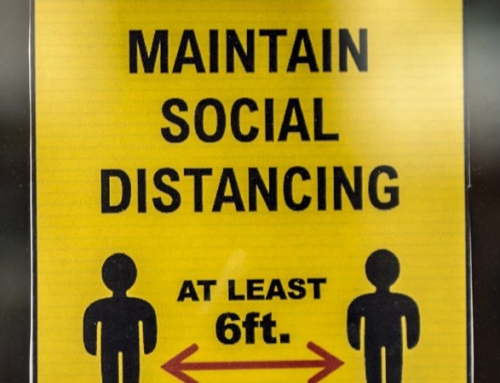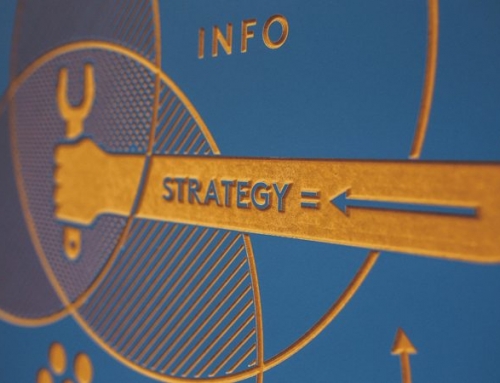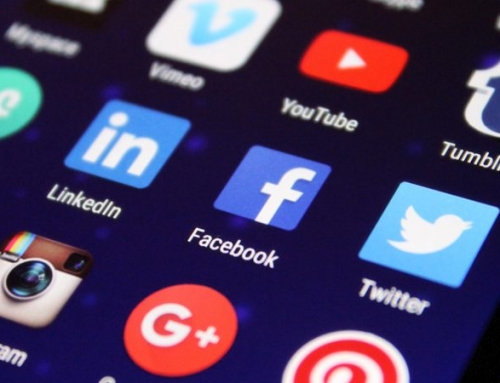Since the pandemic was announced, any sense of normality or routine has evaporated for many people. Though some industries are still functioning as normal, many are still reeling from the effects of Covid 19 and frantically trying to make plans to recover over the next year. Our browsing habits have changed and as many more people are working from home, the structure of the standard working day no longer defines how people consume content. This means digital marketing professionals will need to adapt the way they schedule their content to reflect the new behaviours we are seeing from internet users. Here are some of Probella’s tips for effective content scheduling during the Covid 19 crisis:
Target Home Based Workers
Unless you are employed as a key worker such as a doctor, military personnel or a retail operative, the chances are that you have been working from home since the Springtime of 2020. This is definitely true of digital marketing professionals and anybody who has the capacity to work remotely. Online activity has changed to reflect this, and many people are browsing e commerce sites, news sites, entertainment based content and other non-business websites during the traditional nine to five working day. From a campaign perspective, this means that your scheduling needs to take this in to account. Though everybody works at different times and in different ways, lunch time, breakfast time and mid to late evening can now be prime times to post new articles or videos. Whereas 12 months ago, this would have been ineffective because everybody was either asleep or at the office, the rise of flexible working means that this is no longer the case.
Consider Experimenting with Different Platforms
Scheduling content to appear on Facebook and Twitter regularly is still important, but so is experimenting with different platforms. As user confidence in the more established platforms continues to wane due to concerns over privacy and excessive target advertising, people are beginning to explore different ways to engage with others online. Things like Vero, MeWe, Nextdoor and, Ello are all gaining traction and many forward-thinking users prefer their more transparent approach to displaying content. As with any newer platform, you can’t expect to enjoy the same levels of engagement as you would with something as established as Facebook, but you can still potentially promote your brand and share quality content with people who are likely to be receptive to it.
Post Links to New Content More Than Once
This may seem obvious, but it is something many digital marketing professionals still feel reluctant to do. Because of the way algorithms work, posting content just once is no longer effective. Though any users who are logged on at that time of day will potentially see what you have shared, the complex advertising driving algorithms mean that it can be a number of days before somebody will see what you have posted. Though posting the same thing every hour is excessive, sharing “reminder” or “in case you missed it” style updates is simply a way of showing that you are serious about the content you have published. A good guideline is a maximum of 3 shares per platform, per day. This might be too much for those with a limited number of followers but for those with higher numbers, it can be a way of making sure you maximise exposure.
Late Night and Early Morning Posts
A few years ago, content that was posted in the dead of night or the small hours of the morning was often eclipsed by the avalanche of daytime posts that would happen when the working day started. The shift to flexible working means that many parents with young children spend their days carrying out childcare duties or home-schooling, while fitting work in where they can. As a result, early morning and late-night posts are starting to gather more traction. A busy single parent who works late at night will likely stop for several breaks, during which time they will browse their social media platforms, looking for a few minutes’ distraction. Short to medium length blogs, quick videos and light-hearted meme-based images can all do very well during these hours. Longer reads and more in-depth content can be successful as well. With the kids in bed, users have more time to spend engaging with in depth content.
Encourage Sharing and User Engagement
To help you get an idea of the kind of scheduling plan that works for you, encourage your existing users to share your posts with friends and colleagues. You can do this with things like competitions, giveaways, and other incentive-based content. Pay close attention to the times they share the content and the kind of response it gets. This can be a great way of getting a snapshot of when your users are awake and more importantly, when they are receptive to different types of content. Generally speaking, complex or challenging content won’t do so well in the middle of the day because home workers will have limited spare time whereas evening and weekends can be prime time for articles or videos that require 20 minutes or more to engage with.
Summary
Scheduling content will never be an exact science and the significant changes we have seen due to the Covid 19 outbreak mean that mirroring the timings of the traditional office day is no longer the most effective approach. Consider who your users and when they are realistically going to be browsing for the kind of content you produce. Targeting people when they are busy is ineffective but sharing content when users are receptive means you are likely to attract a potentially large number of new subscribers or customers. Ultimately, scheduling content is about reacting to the way your users behave online, rather than trying to operate according to a structure that for now, is no longer something that most people have to deal with.






